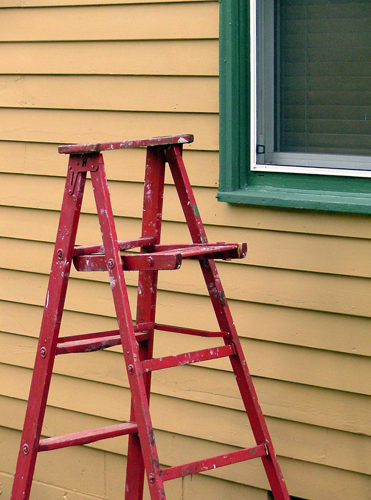 There are almost always some repairs involved when the time comes to buy or sell. According to the sales contract, there are certain things that a seller must fix if the home is not being sold “as is.” Problems with the structure, HVAC, plumbing, electric, and leaks in the roof are all examples of things that must be fixed. There are many factors that determine if a repair is required or not and I can help guide you through determining which repairs are necessary. In the mean time, here are a few tips from the National Association of Realtors that will keep that repair bill down when it does come time to sell.
There are almost always some repairs involved when the time comes to buy or sell. According to the sales contract, there are certain things that a seller must fix if the home is not being sold “as is.” Problems with the structure, HVAC, plumbing, electric, and leaks in the roof are all examples of things that must be fixed. There are many factors that determine if a repair is required or not and I can help guide you through determining which repairs are necessary. In the mean time, here are a few tips from the National Association of Realtors that will keep that repair bill down when it does come time to sell.
Change your HVAC filters monthly. Very easy but must be done. Clogged filters decrease HVAC efficiency and can cause breakdowns.
Drain your water heater at least once a year. Sediment will drain out along with the water from the water tank. Removing sediment can prolong the heater’s useful life.
Check your circuits. Test the performance of the circuit breakers in your electrical circuit box twice a year by flipping them off and back on. If you have a circuit that keeps shutting off with normal daily electrical use, call an electrician. A faulty circuit breaker could indicate a short in the wiring inside your walls.
Watch out for drips. Check under sinks periodically to look for leaks or water stains that might indicate leaks. Catching a small problem early can prevent water damage. Use a plunger to clean out sinks and tubs whenever water doesn’t drain normally.
Be aware of life spans. Water heaters, furnaces, roofs, and other key components of your home should be replaced before they fail, based on their average useful lives. Here’s a general ballpark of the life span for key components:
- Exterior house paint: 5-10 years
- Furnace: 15-50 years
- Roof: 13-20 years
- Water heater: 7-15 years
- Wood deck staining: 4-7 years
Keep the wet out. Water is a major enemy of your house. Check each season for signs of water damage to your home. Flashing, the metal pieces used to seal the areas between roofs and chimneys, are especially vulnerable to damage by wind or age. Loose flashing can let water seep under a roof or inside walls, which in turn can cause major damage.
Source: Realtor.org


